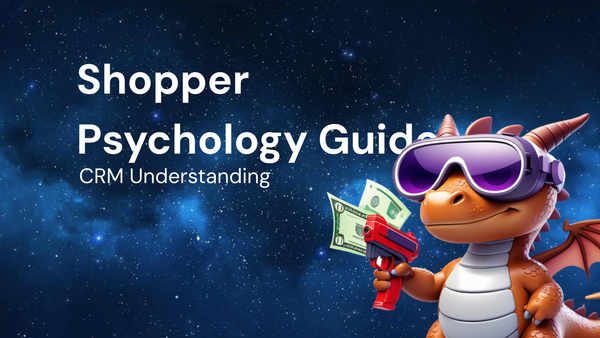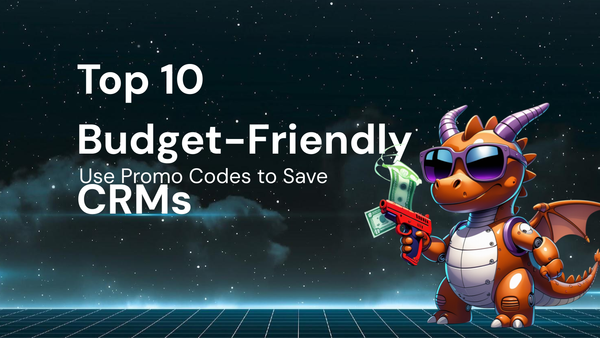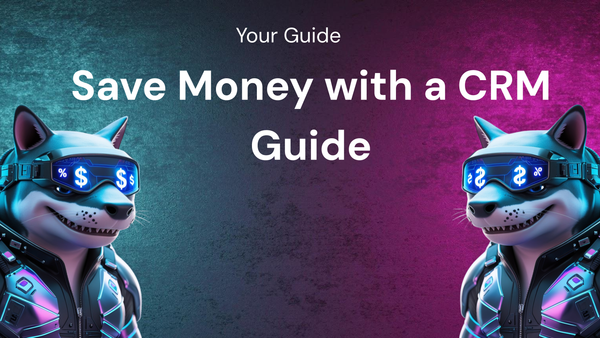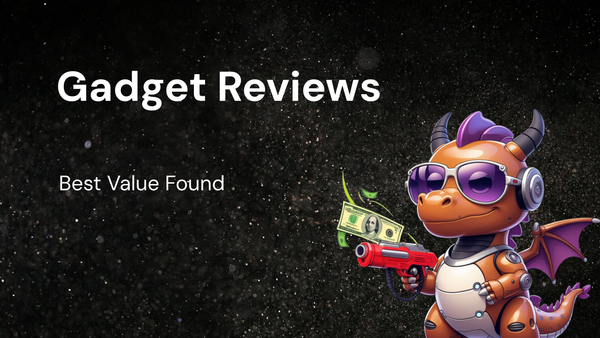Insider Hacks for Promo Code Optimization Amidst Ecommerce Trends
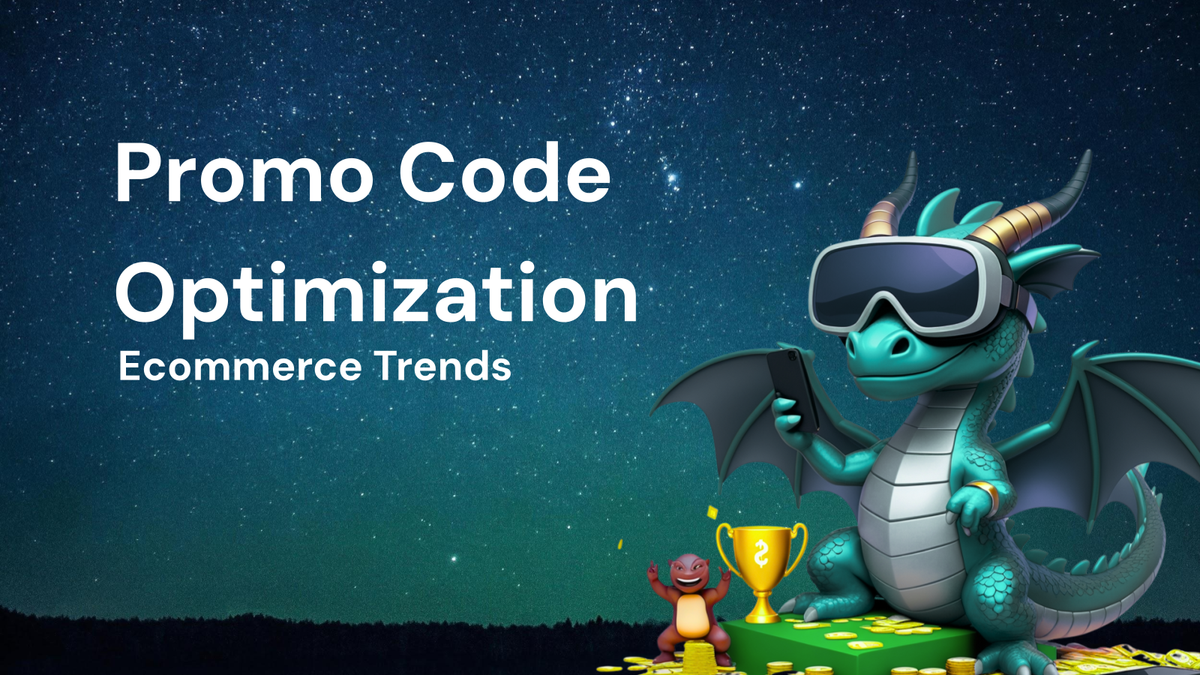
Insider Hacks for Promo Code Optimization Amidst Ecommerce Trends
The digital marketplace is a dynamic battleground. Ecommerce brands, both established giants and nimble startups, constantly vie for consumer attention and wallet share. Amidst shifting consumer behavior, rising acquisition costs, and cutthroat competition, the humble promo code remains a powerful weapon in the arsenal of online retailers. However, simply slapping a discount on products is no longer enough. To truly leverage the power of promo codes in 2024 and beyond, businesses must adopt a strategic, data-driven, and highly personalized approach. This blog delves into insider hacks for promo code optimization, considering the latest ecommerce trends and providing actionable strategies to maximize ROI and drive sustainable growth.
I. The Evolving Landscape of Ecommerce and the Enduring Power of Promo Codes
Before diving into the hacks, it’s crucial to understand the context. The ecommerce landscape is constantly evolving, shaped by:
- Mobile-First Shopping: Consumers increasingly use mobile devices for browsing, researching, and purchasing. Promo code experiences must be seamless and optimized for smaller screens.
- Personalization and AI: Customers expect personalized experiences. AI-powered tools enable targeted promo code delivery based on individual preferences and behavior.
- Subscription Models: Subscription services are booming. Promo codes can be used to incentivize initial sign-ups or reward loyal subscribers.
- Social Commerce: Platforms like Instagram, TikTok, and Pinterest are becoming significant sales channels. Promo codes integrated into social media campaigns can drive direct conversions.
- Emphasis on Value and Experience: Price is still important, but consumers increasingly prioritize overall value, including convenience, service, and experience. Promo codes should enhance, not detract from, the brand experience.
- Data Privacy Concerns: Consumers are increasingly aware of data privacy. Promo code strategies must be transparent and compliant with data protection regulations.
Despite these changes, promo codes remain remarkably effective for several reasons:
- Psychological Appeal: Discounts trigger a sense of urgency and scarcity, motivating purchase decisions. The feeling of "getting a deal" is a powerful motivator.
- Trackability: Promo codes provide valuable data on campaign performance, allowing for A/B testing and optimization.
- Targeting Capabilities: Promo codes can be targeted to specific customer segments, products, or occasions.
- Conversion Booster: Promo codes can overcome purchase hesitation and drive conversions, particularly for first-time customers or abandoned cart recovery.
- Brand Building (When Used Strategically): Promo codes aren't just about cutting prices; they can be used to build brand loyalty and enhance customer relationships.
II. Insider Hacks for Promo Code Optimization
Now, let's explore the actionable hacks that can elevate your promo code strategy from a generic discount to a powerful growth engine:
A. Data-Driven Segmentation and Targeting
- 1. Customer Segmentation Beyond Demographics: Move beyond basic demographics (age, location, gender). Leverage behavioral data (purchase history, browsing behavior, website engagement) and psychographic data (values, interests, lifestyle) to create hyper-targeted segments. Examples include:
- "High-Value Customers" who spend above a certain threshold annually.
- "Lapsed Customers" who haven't made a purchase in a defined period.
- "Product Category Enthusiasts" interested in specific product lines.
- "First-Time Buyers" who are new to your brand.
- 2. Leverage RFM Analysis: Implement RFM (Recency, Frequency, Monetary Value) analysis to identify your most valuable customer segments. Reward these customers with exclusive promo codes and personalized offers.
- 3. Personalized Promo Code Messaging: Tailor the promo code message to each segment. Instead of a generic "20% Off," use messages like "A Special Gift for Our Valued Customers" (for high-value customers) or "We Miss You! Here's 15% Off Your Next Order" (for lapsed customers).
- 4. Dynamic Content Optimization: Use dynamic content on your website and in email marketing to display promo codes that are relevant to each visitor based on their browsing history and past purchases.
B. Strategic Promo Code Types and Structures
- 5. Beyond Percentage Discounts: Explore different types of promo codes beyond simple percentage discounts. Consider:
- Fixed Amount Discounts: "$10 Off" can be more impactful than "10% Off" for lower-priced items.
- Free Shipping: A powerful incentive, especially for customers concerned about shipping costs.
- Buy One Get One (BOGO): Ideal for clearing inventory or promoting new products.
- Gift with Purchase: Add value to the purchase and introduce customers to other products.
- Tiered Discounts: Offer increasing discounts based on order value (e.g., 10% off orders over $50, 15% off orders over $100).
- 6. Conditional Promo Codes: Use promo codes that are activated only when specific conditions are met. Examples include:
- Minimum Purchase Requirement: Encourage customers to spend more.
- Specific Product Purchase: Promote specific items or clear out slow-moving inventory.
- Combination of Products: Encourage cross-selling by offering a discount when two or more specific products are purchased together.
- 7. Time-Sensitive Promo Codes: Create a sense of urgency with limited-time offers. Use countdown timers in emails and on your website to reinforce the scarcity.
- 8. Exclusive Promo Codes: Reward loyal customers with exclusive promo codes that are not publicly available. This reinforces their loyalty and makes them feel valued.
C. Optimizing Promo Code Distribution Channels
- 9. Email Marketing is Still King: Email remains a highly effective channel for promo code distribution. Segment your email list and send targeted promo codes based on customer behavior and preferences.
- 10. SMS Marketing for Instant Gratification: Use SMS marketing for time-sensitive promo codes and urgent promotions. SMS messages have a high open rate and can drive immediate action.
- 11. Social Media Integration: Promote promo codes on social media platforms, using engaging visuals and compelling copy. Consider running social media contests or giveaways to increase engagement and brand awareness. Utilize platform-specific features like Instagram Shopping tags with promo codes.
- 12. Influencer Marketing: Partner with relevant influencers to promote your products and offer exclusive promo codes to their followers. This can be a highly effective way to reach a new audience and drive sales.
- 13. On-Site Promotion: Promote promo codes prominently on your website, using banners, pop-ups, and dedicated landing pages. Make it easy for customers to find and redeem promo codes. Consider exit-intent pop-ups offering a promo code to prevent cart abandonment.
- 14. Affiliate Marketing: Partner with affiliate marketers to promote your products and offer promo codes to their audience. This can be a cost-effective way to drive traffic and sales.
- 15. Abandoned Cart Recovery: Send automated emails or SMS messages to customers who have abandoned their carts, offering a promo code to incentivize them to complete their purchase.
D. Promo Code Management and Automation
- 16. Centralized Promo Code Management System: Implement a system for managing all your promo codes, including creation, distribution, tracking, and expiration. This will help you avoid errors and ensure that promo codes are used correctly.
- 17. Automate Promo Code Generation: Use tools to automatically generate unique promo codes for each customer or campaign. This reduces the risk of fraud and allows for more targeted promotions.
- 18. Dynamic Expiration Dates: Set dynamic expiration dates for promo codes based on customer behavior. For example, a promo code offered for signing up for a newsletter could expire in 24 hours to create a sense of urgency.
- 19. A/B Testing and Optimization: Continuously test different promo code strategies to see what works best for your business. Test different discount amounts, promo code types, distribution channels, and messaging. Track key metrics like conversion rate, average order value, and revenue.
- 20. Monitor Promo Code Usage and Performance: Track the usage and performance of your promo codes in real-time. This will help you identify which promo codes are most effective and make adjustments as needed.
- 21. Fraud Prevention: Implement measures to prevent promo code fraud, such as limiting the number of times a promo code can be used or requiring customers to verify their email address before redeeming a promo code.
E. Leveraging Ecommerce Trends
- 22. Mobile-First Optimization: Ensure all aspects of your promo code experience are optimized for mobile devices, including website design, email templates, and checkout process.
- 23. AI-Powered Personalization: Use AI-powered tools to personalize promo code offers based on individual customer preferences and behavior. AI can predict which customers are most likely to respond to a particular offer and tailor the message accordingly.
- 24. Subscription-Based Promo Codes: Offer exclusive promo codes to subscribers to incentivize sign-ups and reward loyalty. Consider offering a discount on the first month of subscription or a recurring discount for loyal subscribers.
- 25. Social Commerce Promo Codes: Integrate promo codes into your social commerce strategy. Use shoppable posts and stories with embedded promo codes to drive direct conversions.
- 26. Value-Added Promotions: Focus on providing value beyond just discounts. Offer free gifts, exclusive content, or early access to new products with a promo code.
- 27. Data Privacy Compliance: Ensure that your promo code strategy is compliant with data privacy regulations. Be transparent about how you are collecting and using customer data.
F. Creative and Innovative Approaches
- 28. Gamified Promo Codes: Create a game or interactive experience that customers can play to unlock a promo code. This can be a fun and engaging way to increase brand awareness and drive sales.
- 29. Hidden Promo Codes: Hide promo codes on your website or in your marketing materials and challenge customers to find them. This can create a scavenger hunt-like experience and increase engagement.
- 30. Charity Tie-Ins: Partner with a charity and donate a portion of the proceeds from sales generated using a specific promo code. This can be a great way to give back to the community and improve your brand image.
- 31. Personalized Video Messages: Send personalized video messages to customers offering a promo code. This can be a highly effective way to connect with customers on a personal level and drive sales.
- 32. Mystery Promo Codes: Offer "mystery" promo codes that reveal a different discount amount or offer each time they are used. This can create excitement and anticipation.
III. Key Metrics to Track for Promo Code Success
Measuring the success of your promo code campaigns is crucial for continuous improvement. Key metrics to track include:
- Conversion Rate: The percentage of visitors who make a purchase after using a promo code.
- Average Order Value (AOV): The average amount spent per order when a promo code is used.
- Revenue Generated: The total revenue generated from sales made using a promo code.
- Redemption Rate: The percentage of issued promo codes that are actually redeemed.
- Cost per Acquisition (CPA): The cost of acquiring a new customer using a promo code.
- Return on Investment (ROI): The return on investment for your promo code campaigns.
- Customer Lifetime Value (CLTV): The long-term value of customers acquired through promo code campaigns.
- Website Traffic: The amount of traffic generated by your promo code campaigns.
- Social Media Engagement: The amount of engagement (likes, shares, comments) generated by your promo code campaigns on social media.
IV. Common Mistakes to Avoid
- Oversaturating Customers with Promo Codes: Too many promo codes can devalue your brand and train customers to only purchase when there's a discount.
- Not Segmenting Your Audience: Sending the same promo code to everyone is a missed opportunity for personalization and targeting.
- Ignoring Data and Analytics: Failing to track and analyze promo code performance means you're not learning what works and what doesn't.
- Making Promo Codes Too Complicated: Confusing redemption processes can frustrate customers and lead to abandoned carts.
- Neglecting Mobile Optimization: A poor mobile experience will deter customers from using promo codes on their phones.
- Using Expired Promo Codes: This creates a negative customer experience and damages your brand reputation.
- Not Having Clear Terms and Conditions: Transparency is key. Clearly state the terms and conditions of your promo codes, including expiration dates, eligibility requirements, and any restrictions.
V. Conclusion
Promo code optimization is an ongoing process that requires a strategic, data-driven, and customer-centric approach. By implementing the insider hacks outlined in this blog, businesses can transform their promo codes from simple discounts into powerful tools for driving growth, building loyalty, and maximizing ROI in the ever-evolving ecommerce landscape. Remember to stay adaptable, continuously test new strategies, and prioritize the customer experience to unlock the full potential of promo codes in 2024 and beyond. The key is not just to offer discounts, but to offer smart discounts that resonate with your target audience and align with your overall business goals.

